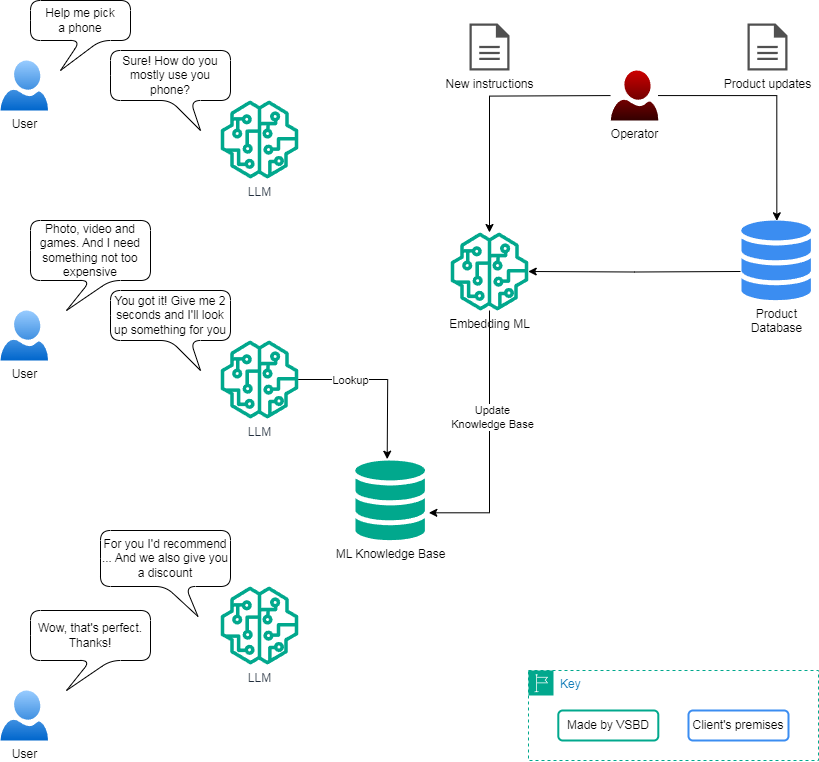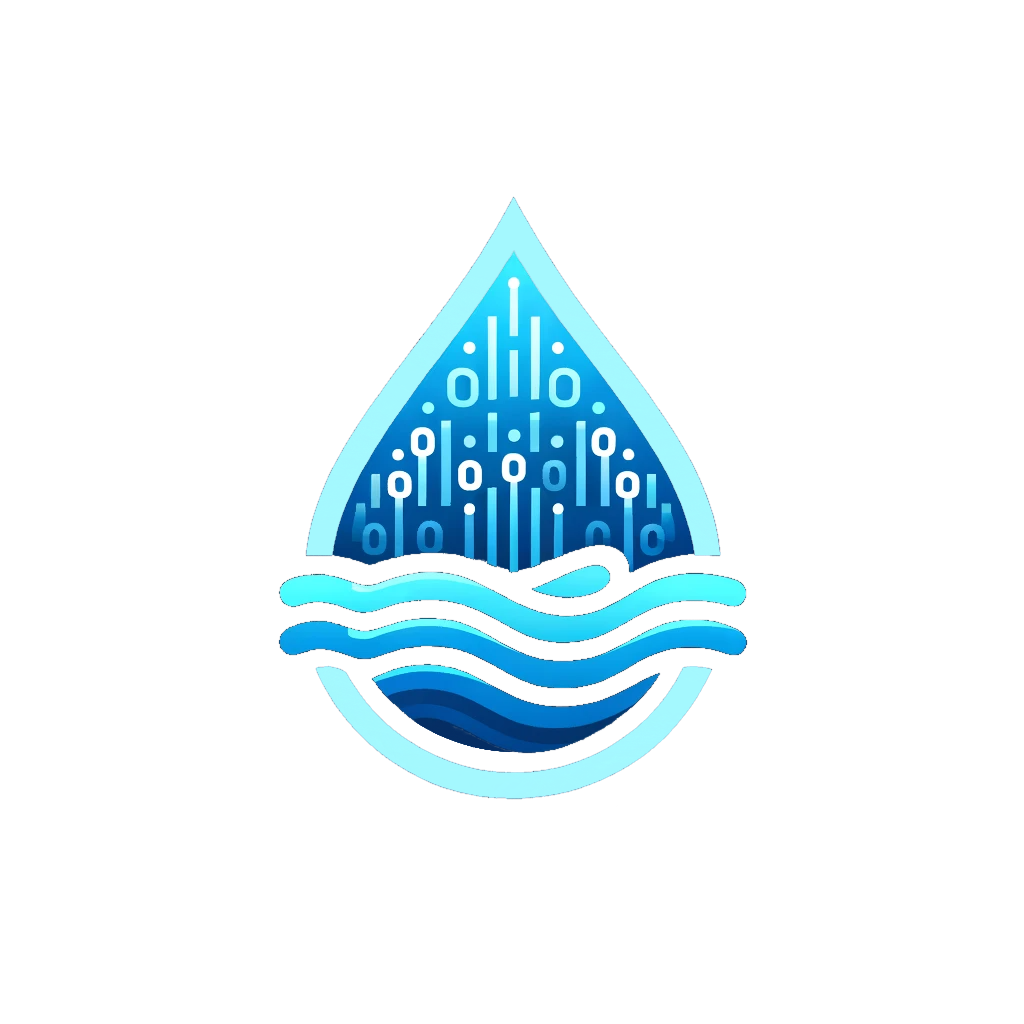Retailer’s Chat Bot
We enabled possibility to consult thousand of customers simulatenously

The Client
One of the largest names in North America region retailers. The company is dealing with all categories of goods starting with groceries and up to clothes, home appliances and sports inventory. With a high variety of similar products it gets challenging for people to make the right choice and stay happy with their purchase. The client was looking for ways to improve user experience and provide the top tier consulting in order to ensure their customers purchase the goods that suit them best therefore ensuring the customers’ recurrence.
The Problem
To address the problem of effective consulting to thousands of their customers the client decided to go for an AI based chatbot. For a variety of reasons the ready-to-go public solutions would not work for them. The decision was made to host their own instance of a chat that would support some additional features specifically required to help improve the corporate marketing.
Challenges
Gathering marketing stats
For analytics purposes it was necessary to gather the information from the customer’s queries about the products discussed and estimate the effectiveness of consultancy (reflected by the following purchase),
Understanding products specifications
The chatbot had to work with short descriptions and numbers reflected in product spec, such as CPU model of a mobile phone or an armchair dimensions, color, material etc. Especially when it comes to product codes, like manufacturer’s paint number or a laptop configuration code.
Constantly changing product base
With everyday supplies and a highly dynamic market it was important to update the chatbot with new items automatically. Also any product going out of the product line should not be recommended to the customer anymore.
The Solution
The only right choice was to go with a bespoke chatbot based on a self-hosted pre-trained Large Language Model. It gave a lot of benefits starting with isolation of user experience (their conversations stayed within the client’s infrastructure) and ending up with a specified pre-training. As the chatbot is dedicated to a number of specific topics, the training is much simpler than that for a general purpose LLM.
The whole solution consists of a number of services and a set of ML models. The chatbot itself was presented to an end user via web UI and a backend service connected to an LLM.
To keep the chatbot’s knowledge base up to date there was a special pipeline setup which refreshed the knowledge base every time there’s a change in the product DB. So when an operator uploads a new product’s data to the main database (i.e. when it shows up on the website) it immediately triggers a function to embed the new record into the chatbot’s Vector Database.
All the end users’ queries are automatically passed to another ML model which extracts the keywords and passes the refined data to a stat service which collects the query statistics therefore identifying the goods of the highest interest, the popular price range per type of product and more. Also when a purchase is made shortly after talking to the chatbot, another update is sent to the stat service in order to analyze the impact of consultancy on purchases and therefore evaluate the chatbot’s effectiveness.

Obstacles
NLP performance and relevance
It was important to achieve both high response performance together with high quality of the answers provided. For this we’ve held a series of tests using various models (such as BERT and GPT-3.5, GPT-4) in standalone mode as well as their combinations with fine-tuned domain-specific models to enhance language comprehension.
Complex interactions
While seeming pretty simple and straightforward the flows required solving a lot of situations under the hood. First of all, a conversation should go to stats. For this we had to identify the possible products the user is talking about which rarely comes down to a single SKU. During a single conversation more than one type of product can be discussed. This is also something to track properly. Now all we need is to track this data, transform it and refine, streamline it into the pipeline and try to get most of it on the BI.
Secure Data Handling
Addressing data security concerns involved implementing robust encryption algorithms and adopting a zero-trust security model. The solution does operate the user data when a conversation is held with an authenticated user, but it’s not only that. You never know what information a user can provide and it’s important to make sure it will remain secure. No matter whose fault of an inappropriate exposure it is, the user will blame the company. So security was a high priority on every stage of the solution design and implementation.
The Value
The chatbot helped to tackle a couple of challenges at the same time. First of all it allowed to lower the load on the consultants the amount of which is never enough. The overall waiting time decreased a lot. The amount of online purchases showed an increase in a short time monitoring period. And one of the most important achievements is that the client has got an opportunity to gather a lot of new sales data.
In the long term it means Enhanced Customer Experience, better user targeting, improvement of supply chains and product line optimization.
VSBD - Software Development
More Postsa b c d e f g h i j k l m n o - Do not remove from template!!! it is important to support different fonts
All Rights Reserved | VSBD



